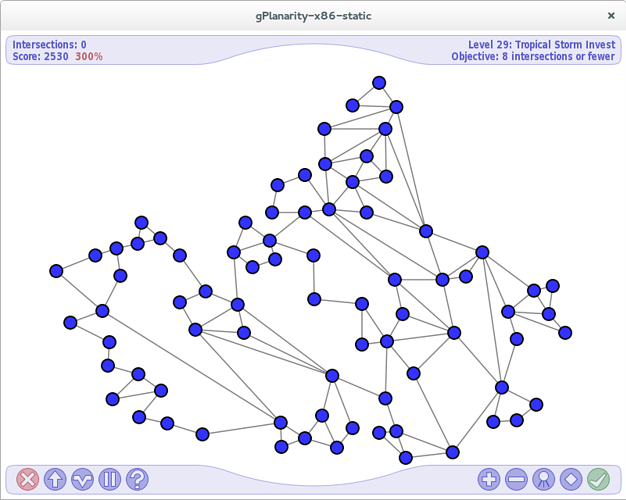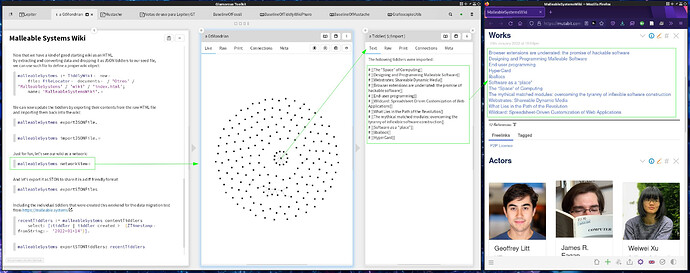I have a somewhat different perspective than some here, a few notes;
- I think entropy is higher the less relationships that exist between the parts
- Increased order can be establish by following this path, Data > Information > Knowledge
Start with an empty tiddlywiki
- As we gather data or information and put it in our wiki it gains complexity but not necessarily order.
- When we enter content, it is wise not to loose information that is available to us in the source.
- You could import data that has a higher entropy, or more disorder than where it is found (by not indicating its source, context and relationships to other data).
- maintaining context information is also helpful
However once we have data and information in our tiddlywiki we may be able;
- Rediscover information in our data (typically relationships)
- Discover information in our data though the discovery of relationships we were not aware of
- Add information as we use and review the content in light of our own knowledge and understanding.
Plan language itself contains a lot of information thus prompting my interest here Wordsmithing stop words, verbs past and present tense - #2 by TW_Tones
If you add more data without actively retaining and discovering information to organise and structure the data you make your wiki more complex without increasing order.
If you organise and structure your data you increase the order within your wiki.
- It is best when structuring content to do so by the addition of structured layers, not the replacement of existing structures or you loose information. See content views.
- It may be possible to reduce the complexity of a wiki by removing redundant information so long as you do not remove information, sometimes even the fact that it was redundant.
Content Views;
TiddlyWiki allows us to prepare multiple views of the same data without removing any data from the wiki, thus where there is an advantage to do so we can simplify our view without removing information. For example where applicable remove redundancy or duplicate information as it appears on N dimension’s whilst leaving it in place when viewing it in N+1 or N-1 dimension’s. This is “making it simple” not “keep it simple”.
- When alternative views lead to new information eg relationships, you may capture this in the objects in a way other views can also “see” these new relationships, and possibly expose more information in the data. Keep in mind “why store something if you can derive it?” although sometime storing information makes it easier to use that information in other contexts.
Relationships can be represented in many different ways; Here are few to inspire someone trying to increase the order in their data. Remember to add them to the wiki and don’t replace existing ones.
- Missing information can be as important as the information present - missing tiddlers.
- Any structure can be represented in tiddlywiki including;
- Series - ordered or unordered
- Lists or sets
- Adhoc networks
- Spontaneous networks
- Hierarchical networks
- Singleton, One-to-one, one to many, many to many
- Data normalisation, “related to the key, the whole key and nothing but the key”
- Tables of N dimension’s
- list and set relationships, comparisons etc…
- Arrays and array manipulation
Some key features of tiddlywiki that help in this endeavour
- Backlinks, tagging, lists, listed, tiddler type (shadow, system, tiddler, missing)
- Global or filtered search Search
- Filters
- Namespace(s) eg system
$:/
- Freelinks plugin
- Highlight plugin for supported code
- Lists, list fields, nested lists, map and reduce
- Common and ad hoc fields with or without a value
- Rename and Relinking via relink plugin
In closing I have come to believe a key architectural feature of tiddlywiki is;
Tiddlers have a unique key, or title, which we see at eye level. Whilst we must keep it unique;
- it is easy to add suffixes and prefixes including increments or store additional content in a data tiddlers with different or duplicate keys, the title then becomes the table/dataset name, and the keys can be duplicates of tiddler titles.
- it is easy such as with tags to organise tiddlers into larger sets.


 .
.